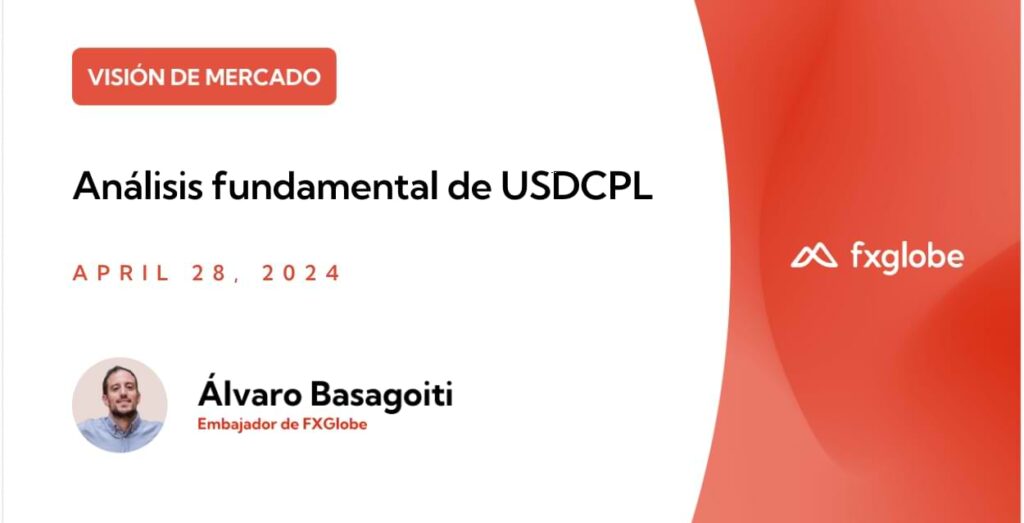As any trader knows, understanding major currencies is no easy feat—especially when it comes to things like political stability and all the hidden influences that can shake up even the most steadfast of markets.
Just a whiff of unrest in a currency’s homeland can trigger investor trepidation and lead to its value plummeting. And natural disasters or sudden changes in governmental policies? Those have been known to send trade and supply chains into chaos, causing erratic fluctuations in currency values.
This is where vigilance comes into play. Traders who stay on top of current events and economic indicators related to major currencies are empowered with insights into when best to buy or sell—without being blindsided by sudden shifts in value.
How Experts Use Technical Analysis to Predict Currency Movements
Intricate methods, like technical analysis, mesh scientific reasoning with artful intuition to help trading experts navigate the murky waters of currency movements. With this approach, traders dive deep into charts that provide information on price trends, trading volumes, and other market signals. This way they can make informed decisions on when to buy or sell currencies with great accuracy.
At the heart of this technique are charting tools such as moving averages, trend lines, and support/resistance levels. They act like discerning eyes, guiding trading professionals towards profitable entry and exit points in trades.
For instance, a currency that repeatedly approaches a resistance point without breaking through it could indicate an opportunity to sell it. In addition, momentum indicators like Relative Strength Index (RSI) or Moving Average Convergence Divergence (MACD) are indispensable elements in this arcane methodology as they measure how much prices shift over time—signalling if a currency is overbought or oversold.
Through careful analysis of price movements and momentum indicators, skilled traders develop an invaluable ability to recognize potential trend reversals before anyone else does. Despite the myriad of factors that impact currency movements, from economic data releases to geopolitical tensions, technical analysis allows those in-the-know to glean insights into market behavior via historic data.
By mastering charting techniques such as support/resistance levels and leveraging momentum indicators like RSI or MACD, experienced traders become clairvoyant within the wild world of finance—effortlessly making informed decisions about how best to time their trades.
The Role of Central Banks in Shaping Currency Values
The power wielded by central banks can be nothing short of astonishing when it comes to determining currency values. Their methods are complex and often challenging to understand. One such method involves implementing monetary policies – with far-reaching effects on interest rates, inflation dynamics, and economic growth.
By manipulating these factors, central banks can trigger an array of outcomes. This includes influencing demand for their currency, which has an impact on their exchange rate.
Interest rate decisions form an integral aspect of this process. For instance, when central banks hike up the interest rate, foreign investors flock toward that country’s currency in pursuit of higher returns on investments. This leads to increasing demand, thus boosting its worth against other global denominations.
But wait: there’s more we need to consider. Enter quantitative easing (QE). This tactic involves central banks purchasing government bonds or assets from multiple financial institutions using newly created cas, leading to increased circulation, lower interest rates, and weaker inflation levels. Possible outcomes include both decreased currency value and stability.
Why Economic Indicators Are Critical for Understanding Currency Trends
Currency valuation can be mysterious as it’s heavily influenced by economic indicators like inflation rates, employment figures, and GDP growth—obscure statistics that provide insight into a country’s overall economic performance.
By studying these data points in depth, traders can predict the future trajectory of a currency. For instance, if the unemployment rate drops suddenly in a particular country, it could indicate an upsurge in its economy.
Investors may rush to invest their money in anticipation of reaping benefits from this newfound prosperity. However, if inflation rates skyrocket uncontrollably, central banks may hike interest rates. Their intention? To counterbalance rising prices, creating fewer investment opportunities, thus diminishing demand for said currency.
Trading major currencies such as USD or EUR requires vigilance. Traders must monitor multiple global economic trends simultaneously. Shifts in one nation’s financial fortune have far-reaching consequences across worldwide markets and can touch other currencies’ values too.
Insider Tips for Trading Major Currencies Like a Pro
If the world of forex trading seems overwhelming, don’t worry—we’ve got you covered with these insider tips.
- Keep up with global news and events
This is crucial; political instability or economic turbulence in one country can reverberate through currency values around the world. - Use charts and indicators
Fortunately, traders today have access to many powerful technical analysis tools. Use them to help you predict future currency pair movements. - Use stop loss orders
To minimize potential losses from market shifts, it’s important to use stop-loss orders that close positions automatically when necessary. - Practice thoughtful risk management.
Effective trading strategies also require thoughtful risk management techniques such as diversification across different asset classes and markets. Finally, always consider how much capital you’re willing to risk relative to your account size when opening new positions.
Taking these tips on board will help ensure your success in the forex market.
Common Mistakes to Avoid When Trading Major Currencies
Currency trading is a tricky world to navigate. And there’s one common pitfall that many traders fall into: overtrading. This is when traders make an excessive number of trades within a short period of time which can lead to fatigue and impaired judgment.
To avoid this dangerous trap, it’s essential for traders to establish a clear plan and stick to it. That means not giving in to impulsive urges! Another mistake that often trips up new traders is not having a reliable risk management strategy in place.
Without proper foresight, traders can suffer significant losses that could wipe out their entire account balance. Protect yourself by setting stop-loss orders and being mindful of your personal risk tolerance. Emotions can also wreak havoc on currency trading performance.
Fear and greed are particularly nasty culprits. They cause even the most disciplined trader to stray off course, or take unnecessary risks. We’ve all been there—making a decision based on how we feel at that moment rather than what’s best for us in the long run.
But research shows that staying disciplined and sticking with a strategy leads to better outcomes. So next time you’re faced with a tough choice, try keeping your emotions in check and see how it benefits you in the end.
FAQ
What factors influence major currency valuations?
Events like political instability, natural disasters, and unexpected global incidents can all affect exchange rates.
How do experts decipher the perplexing movements of this ever-changing market?
They often employ technical analysis strategies that decode intricate charts and patterns to forecast potential price fluctuations.
To what degree do central banks dominate currency values?
Through their monetary policy decisions, such as implementing quantitative easing measures or setting interest rates, central banks wield considerable power over evolving exchange rates.
Why is it essential to take note of economic indicators when analyzing fluctuations in currency trends?
Economic indicators serve as critical markers that provide insight into a country’s overall economic well-being and play a fundamental role in determining its corresponding exchange rate value.
What secret techniques are used by experienced traders proficient in trading major currencies?
Tried and true methods include staying up to date on global events and creating well-defined goals and strategies, along with using solid risk management tactics to minimize losses.
What mistakes should novice traders avoid?
Novice traders looking to make strides toward success must avoid common mistakes. These include overtrading, which leads to eventual burnout; neglecting stop-loss orders needed for limiting losses; and finally, failing to keep emotions at bay when making decisions about trades.











